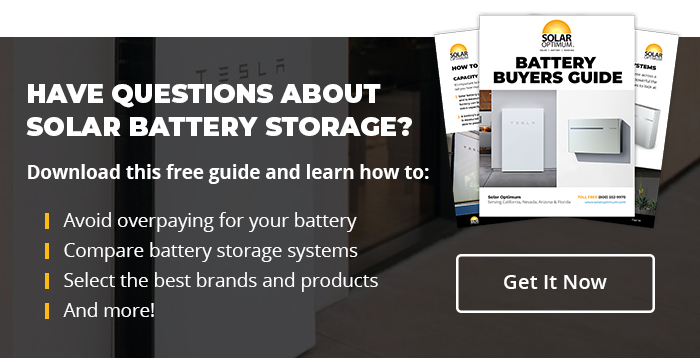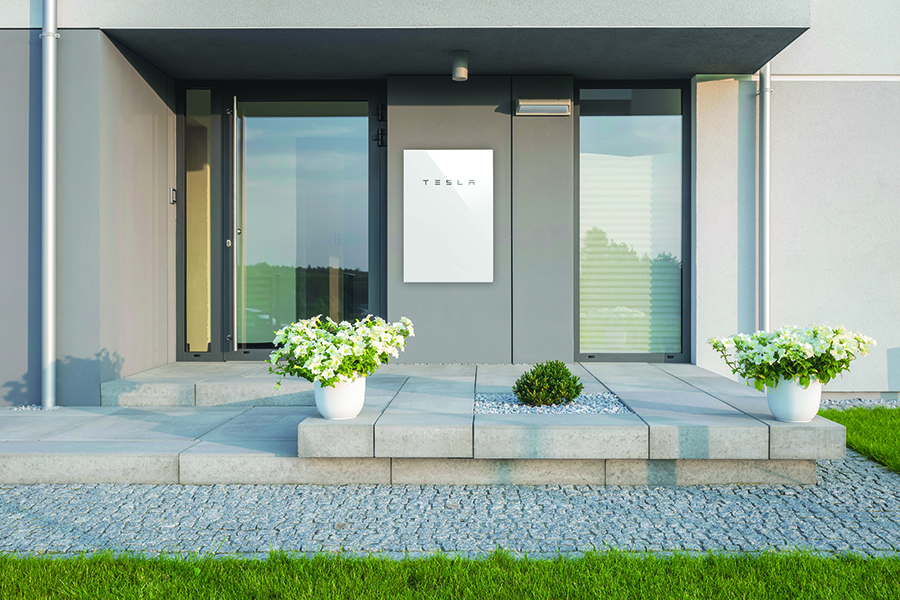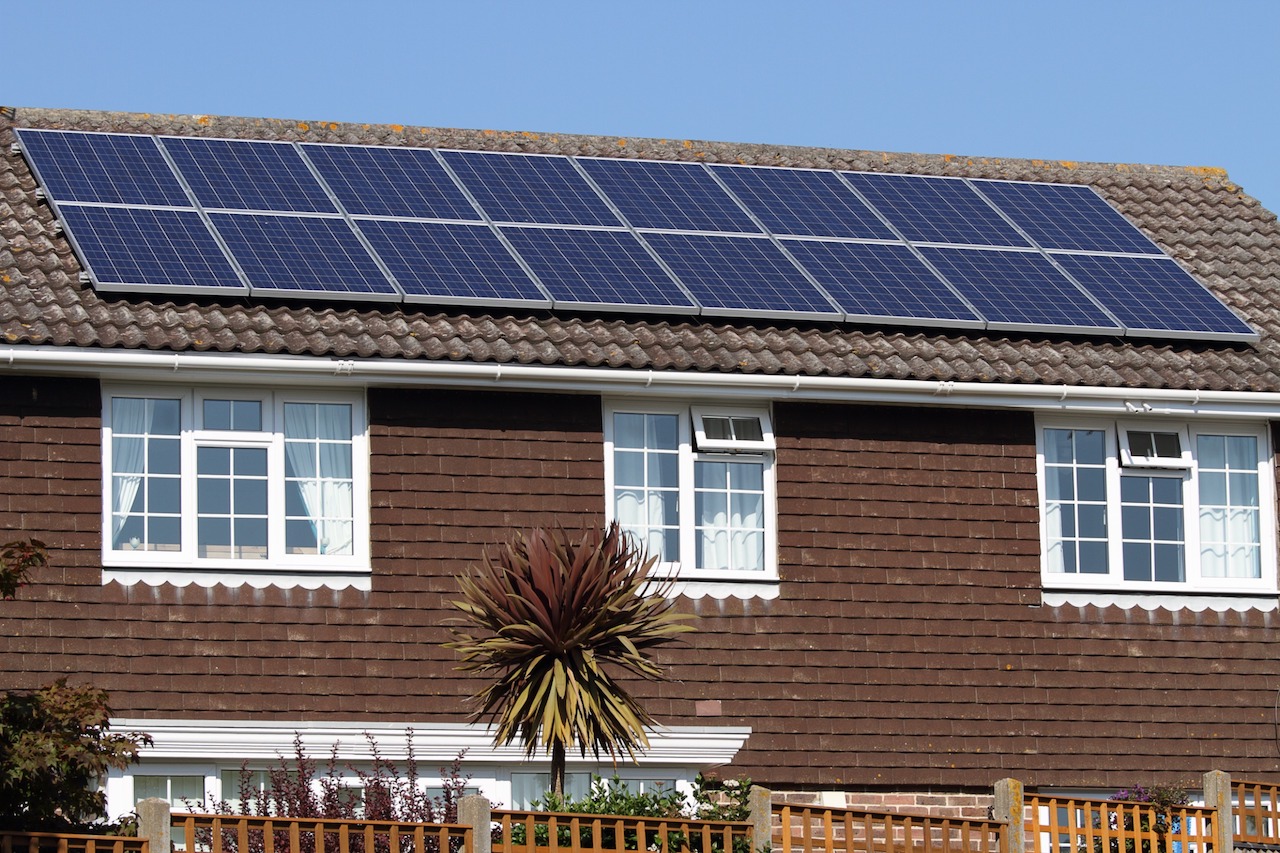Solar battery storage is a great way to reduce your reliance on grid power and protect your home from power outages.
Two products that are leading the market are the SunPower SunVault and the Tesla Powerwall 2.0. In this article, we will break down the key differences and similarities of SunVault vs. Powerwall to help you decide which product is best for you.
Sunvault vs Powerwall: The Breakdown
SunVault and Powerwall 2.0 are two titans on the market. Following is a breakdown of the technical specifications of each product.
Powerwall Specifications
These specifications are taken from the Tesla Powerwall specifications at Tesla.com.
- Storage capacity: 13.5 kWh
- Type of battery: Lithium-ion
- Backup Power: 10 kW
- Dimensions: 45.3 in. X 29.6 in X 5.75 in
- Weight: 251.3 lbs
- Install: Floor or wall mount
- Temp range: -4 to 122 °F
- Max elevation: 9843 ft.
- Stacking: Yes. Up to 10.
- Warranty: 10 years (Unlimited cycles)
For more information on Tesla Powerwall 2.0 tech specs, read this article.
SunVault Specifications
These specs have been taken from SunPower’s spec sheet on the SunVault with base configuration.
- Storage capacity: 13 kWh
- Type of battery: Lithium-ion
- Backup Power: 6.8 kW
- Dimensions: 64 in X 26 in X 14.8 in
- Weight: 270 lbs (without inverter)
- Install: Wall mount only
- Temp range: -4 to 122 °F
- Max elevation: 6562 ft.
- Stacking: Yes. Two.
- Warranty: 10 years (Unlimited cycles)
SunVault vs. Powerwall: The Final Word
With the basic specifications for both units available for comparison, let’s take a look at the similarities and differences between the two batteries.
Similarities
Both SunVault and Powerwall 2.0 are modular systems that are installed in your home as a low-profile, standalone unit. Both are capable of pulling 100% of their energy from a panel array. On cloudy days or times of autonomy, such as night, both batteries can be used down to 0% capacity without damaging the battery.
SunVault and Powerall 2.0 are both extremely reliable and capable of powering your home off grid with the appropriate sized solar array depending on your wattage needs. An installer can help you calculate your energy requirement for the home.
Both products qualify for tax credits to make them affordable.
Differences
While both units are stackable, the Powerwall 2.0 can go up to 10 units and the SunVault is limited to two. The Powerwall 2.0 can be wall or floor mounted and is slightly more compact than the SunVault unit.
The Tesla Powerwall 2.9 is lighter, even with a built-in inverter, which converts DC current taken from the solar panels and chemical storage and changes it to AC current which your household appliances all use. A separate inverter must be installed with the SunVault unit, which adds to the footprint as well as weight (and cost) of the battery. Multiple inverters can increase output significantly, going from the 13 kWh to 52 kWh on the SunVault with expansions.
The biggest difference might have to be the elevations of operation, which is over 3000 ft, making a Powerwall a better candidate for that remote mountain hideaway than the SunVault. The Powerwall is also a little more versatile in how it can be installed, either floor or wall-mounted, while the SunVault is strictly wall-mounted.
The SunVault is also a little bulkier, heavier, and when adding an inverter to the unit, these sizes increase. Tesla often experiences backorders on their battery units, which could leave you on a waitlist for months or longer.
So which one is better?
SunVault and Powerwall 2.0 are both great options for backing up your home’s energy supply. If you need more assistance deciding which one is better for you, contact one of our Energy Experts today.
At Solar Optimum, we custom design every solar system to meet our customers’ needs and budget. We will analyze your home size and energy usage to determine which products will help you reach your energy goals. Get in touch with us today.







